 I know what it’s like. You spend hours researching your target market to find out what exactly they want to read and what language they prefer to use. You write your copy, edit it and write it again. You’re not going to publish it until you are 100% happy and proud that the document that you have just written is spot on.
I know what it’s like. You spend hours researching your target market to find out what exactly they want to read and what language they prefer to use. You write your copy, edit it and write it again. You’re not going to publish it until you are 100% happy and proud that the document that you have just written is spot on.
Once you’ve decided what to write and who you’re writing to, you need to decide on measurability. There really is no point putting so much effort into writing without thinking about how you’re going to measure the success of your copy.
People measure their written material in a number of different ways. This article gives you three ways to measure the effectiveness and success of your copy.
1. Readability Score of your Copy
There are a number of methods to measure the readability of your copy. The most commonly used formula is the Flesch formula. Designed by Rudolph Flesch in 1948, it provides a Reading Ease Score. in a nutshell, it analyses how easy or difficult your text is to read.
The formula for the Flesch Reading Ease Score (FRES) test is:
 Basically, it analyses four elements:
Basically, it analyses four elements:
1. Average number of words per sentence
2. Average word length (number of syllables per 100 words)
3. Percentages of personal words
4. Percentages of personal sentences.
The Reading Ease scores vary from 0 to 100, with 0 being incredibly difficult to read and 100 really easy. According to Wikipedia, The Reader’s Digest magazine has a readability index of about 65, Time magazine scores about 52, and the Harvard Law Review has a general score in the low 30s.
The relationship between FRES and difficulty goes something like this:
Very difficult Below 30
Difficult 30-49
Average 50-79
Easy 80-89
Very easy 90 and above
The Flesch formula is not without it’s idiosyncrasies. It analyses longer text rather than shorter and takes colloquial copy into account. However, it does highlight what us copy-writers have been saying for years – shorter sentences with short words are easy to read and understand.
For a bit of fun, I checked this section on Readability Formulas. It gave me an interesting figure.
It gave me a Flesch Reading Ease of 63.97. So similar to the Readers Digest, not bad, eh?!
(Please leave me a comment if you thought it was easy to understand – in fact, rate it yourself!)
2. Call to Action Count
If you’ve followed my advice and tips through-out this 31 day series to write better copy, you will know that you need to have a call to action on every piece of material that you’ve written. If that call to action is
- an opt to a newsletter
- pick up the phone to buy
- email the sales team
- click to another page
- write a comment
- forward to a friend
Count how many call to actions were taken within a given time period.
You can work out your conversion rate to calculate the copy’s call to action effectiveness. Say you wrote and sent 100 flyers with a strong discount call to action and 20 people bought your product. Well, that’s a conversion rate of 20%, which is very good.
The same conversion ratio can be applied to a website. if you had a newsletter opt-in on your home page with 200 people hitting your homepage. If only 3 people subscribed, well that’s a conversion rate of 1.5%.
If you are not happy with the conversion rates, it’s time to tweak, change or edit your copy. But remember to change one thing at a time; else you won’t know what change made the difference in the increase of call to action items or conversion rates.
3. Differentiating Tools
If you have a few written promotions on-going at the same time, i.e, a webpage and a mailshot, then you need ways to track where the call to actions are coming from. Here are some ideas to differentiate the call to action while still keeping an eye on the overall copy effectiveness:
- Use two different names in your campaigns
- Use a different telephone number for each campaign
You can still analyse your conversion rates as per No. 2 above but at least you can differentiate the results.
Day 24 – Homework
Homework today is a personal task.
Think about what your objectives are every time you write a piece of written promotional material.
Is it to increase traffic, increase credibility, get higher on the search engines for your keywords, get a sale or encourage an opt-in.
Bear your objective in mind when you are writing your content. Too difficult and your reader will be turned off, too easy and your reader could also be turned off.
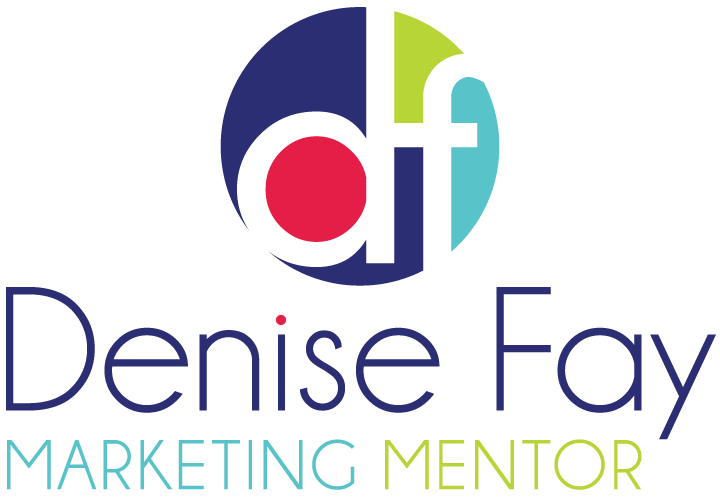

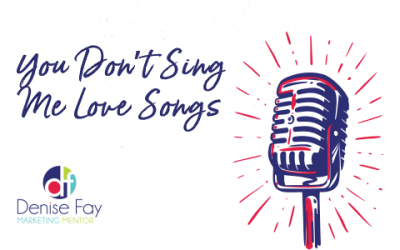

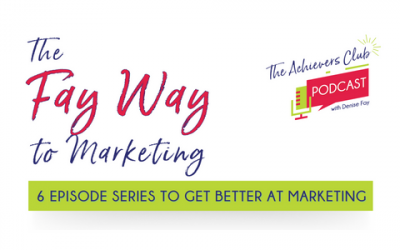
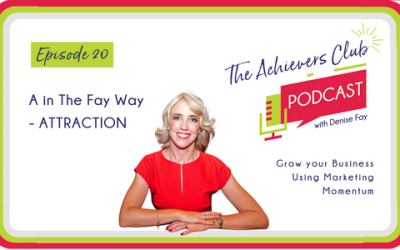

Great Article Denise, fascinated by the Flesh Easy Reading Score Formula, I never knew there was an actual science behind improving the readability of your copy. I will be bookmarking this article for sure.
I kept this formula to the end of the series….but I did tell you there was a science to paragraph writing back in Day 8. 🙂
Thanks for the bookmark. It’s a handy thing to check your copy, especially if you’re using industry words.
Denise
My latest blog entry comes in a about 66 or so which means it’s not just me who thinks they understand it. Thanks for that readability link. I found this very easy to understand apart from the formula, but that’s just my scientific brain wanting to know what the numbers were.
The english explanation of the formula interested me more too!! Science and maths were my twin sister’s thing, not mine. I was more interested in words.
So 66 – a nice score.
I scored 93 with one of the earlier blogs. How easy is that to read?! Too easy, I wonder?